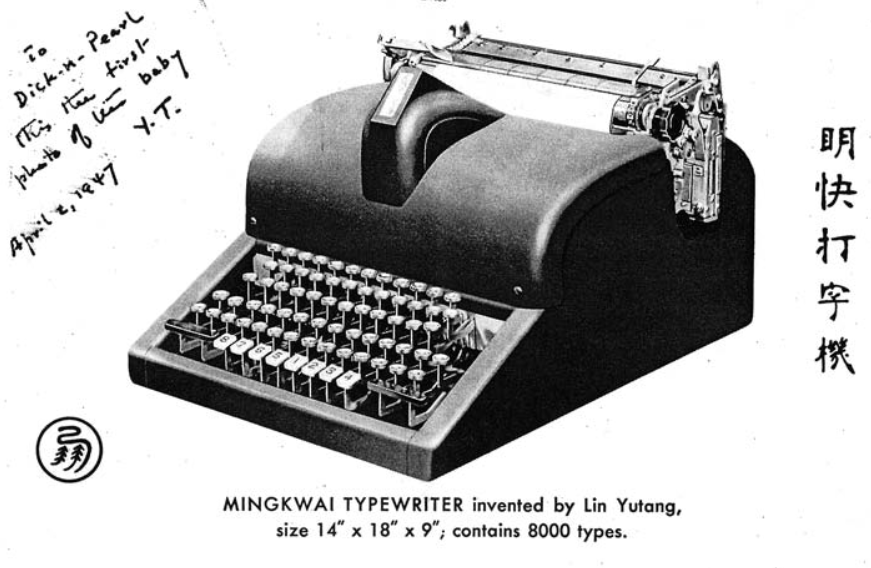Defining fast here as ~80WPM in English. I use a Dvorak keyboard and that's about what I hit when I take the typing tests online that include the excessive punctuation that realistically doesn't show up in every day typing.
While not possible to create an analog between a phonetic language's word and Chinese words we can instead compare the time it takes to type two sentences which are equivalent.
Common words that the statistics engine find are just fine but more complex words are extremely slow. For example, I tried to type this sentence with Microsoft's Pinyin IME:
It produced:
為鏡頭金科讓居民免受帝都輻射的上海
I'm not sure what the exact translation is in English but assuming it's something like, "The headscarf protects citizens from taking damage from low radiation levels." it takes a bit less than 9 seconds for me to type that in English. Using Mandarin, I tried to get my IME to output that sentence correctly but just stopped the clock at a minute as I had spent almost all the time scrolling through the pages of characters to click the correct ones.
I've tried other IMEs and they don't seem to do much better albeit I have limited myself to the ones that don't "phone home" as security is a concern.
My question is whether Chinese people have other input methods they are using to type at a speed commensurate with what a reasonable typist can do in phonetic languages? IE: Roughly 80WPM.





